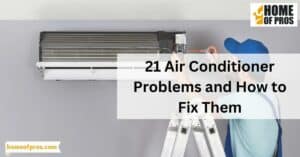When the summer heat hits, the last thing anyone wants is for their air conditioner to break down. However, repairing and maintaining an air conditioner can be a daunting and expensive task. That’s why we’ve put together a list of 22 DIY tips and tricks to help keep your AC in top shape.
Maintaining and repairing air conditioners is essential to keep them running smoothly and efficiently. With DIY tips and tricks, you can easily clean the drain line and pan, inspect the ductwork for leaks, install window film, use ceiling fans, replace worn insulation, add weatherstripping, test the thermostat, and more.
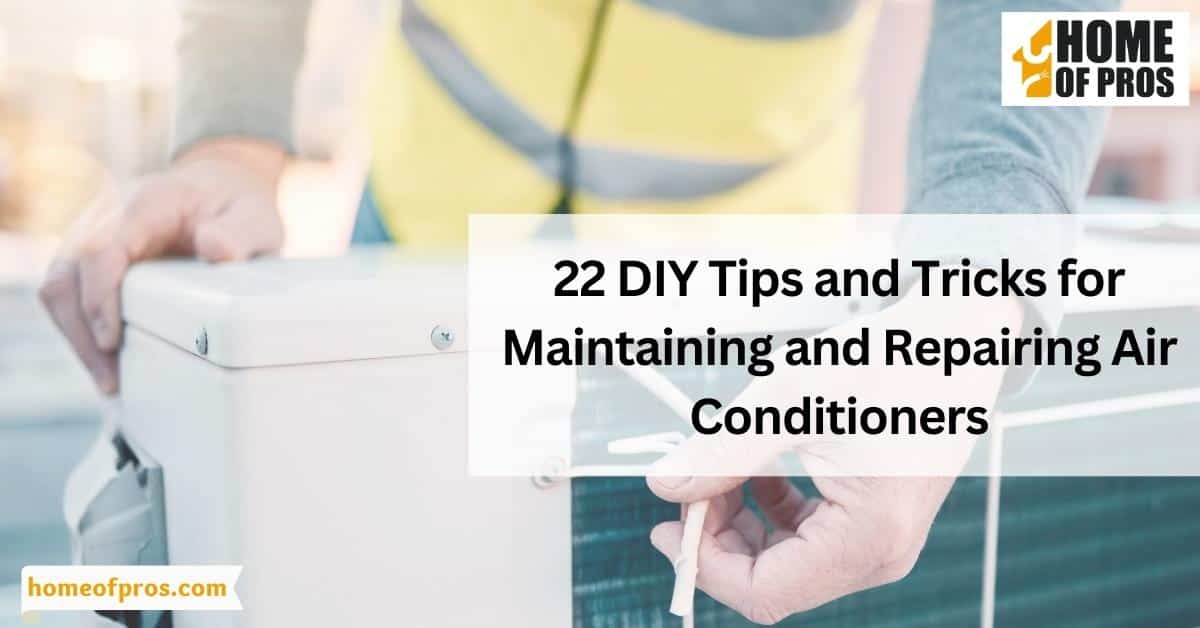
1. Change your air filter regularly (every 1-3 months)
Maintaining and repairing your air conditioner can seem like a daunting task, but it’s essential to keep it running smoothly. One simple step you can take is to change your air filter regularly. Most manufacturers recommend doing so every 1-3 months.
Neglecting to change your filter can lead to reduced airflow, decreased energy efficiency, and even system failure. By swapping out your filter regularly, you can extend the life of your air conditioner and improve the air quality in your home. Remember, regular maintenance equals a comfortable living space.
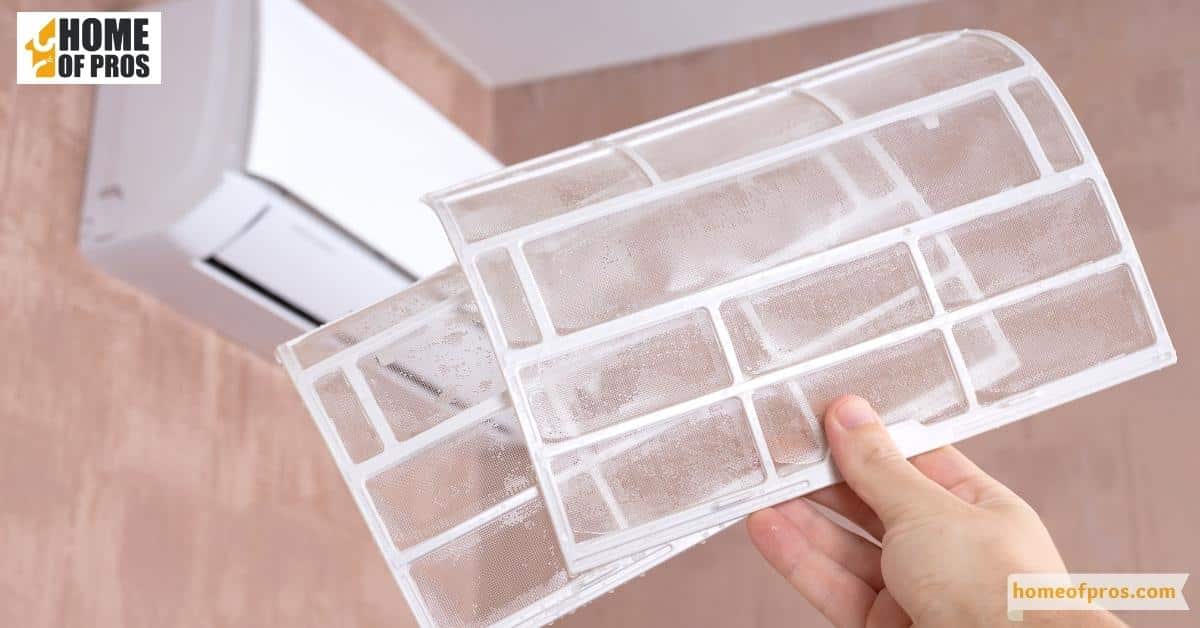
2. Clean the condenser coils at least once a year
Maintaining your air conditioner is vital to ensure its optimal performance and longevity over time. One of the most critical tasks to keep in mind is cleaning the condenser coils at least once a year. These coils are located outside and are responsible for releasing heat from the system. When the coils become dirty or covered in debris, the efficiency of the air conditioner is affected, making it work harder and consume more energy.
As a result, it’s important to include this task in your annual maintenance routine. With a simple cleaning process, you can ensure that your air conditioner works efficiently and saves you money on energy bills.
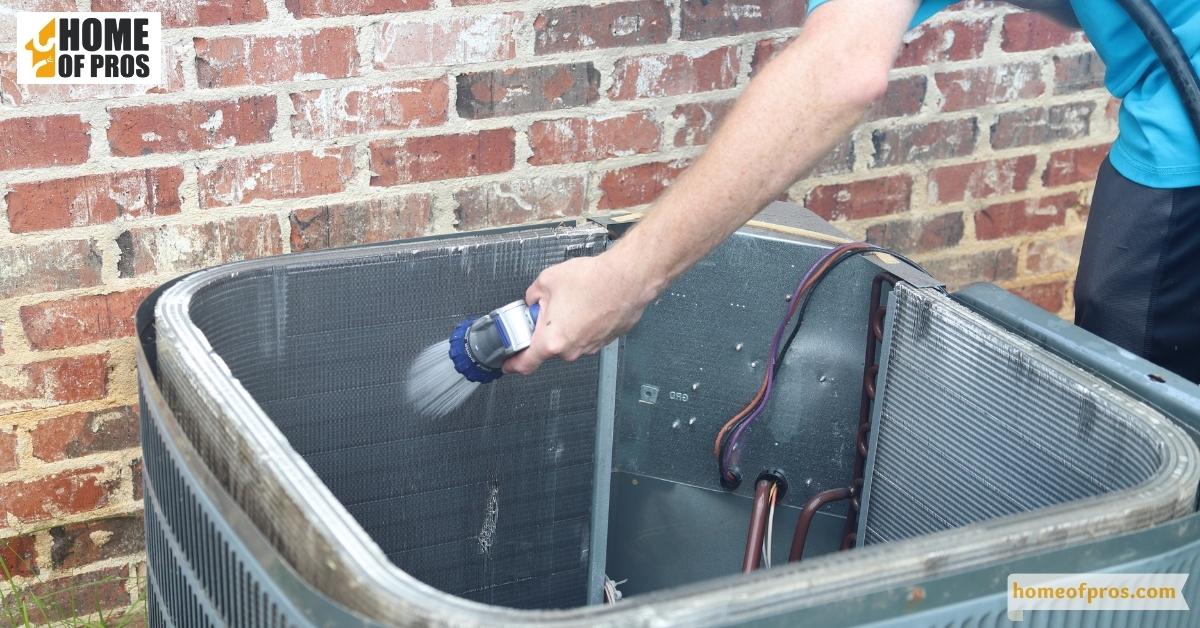
3. Keep the area around the outdoor unit clear of debris and vegetation
One of the crucial steps in maintaining an air conditioning unit is to keep the area around its outdoor unit clear of debris and vegetation. This simple yet often overlooked practice can significantly improve the efficiency and lifespan of your AC system.
Indulging in some basic yard work by trimming overgrown plants and removing fallen leaves or branches may seem like a minor task, but it can save you from major repair and replacement costs down the road.
So, make sure to stay vigilant and keep an eye on the surrounding area of your outdoor unit to avoid any potential problems.
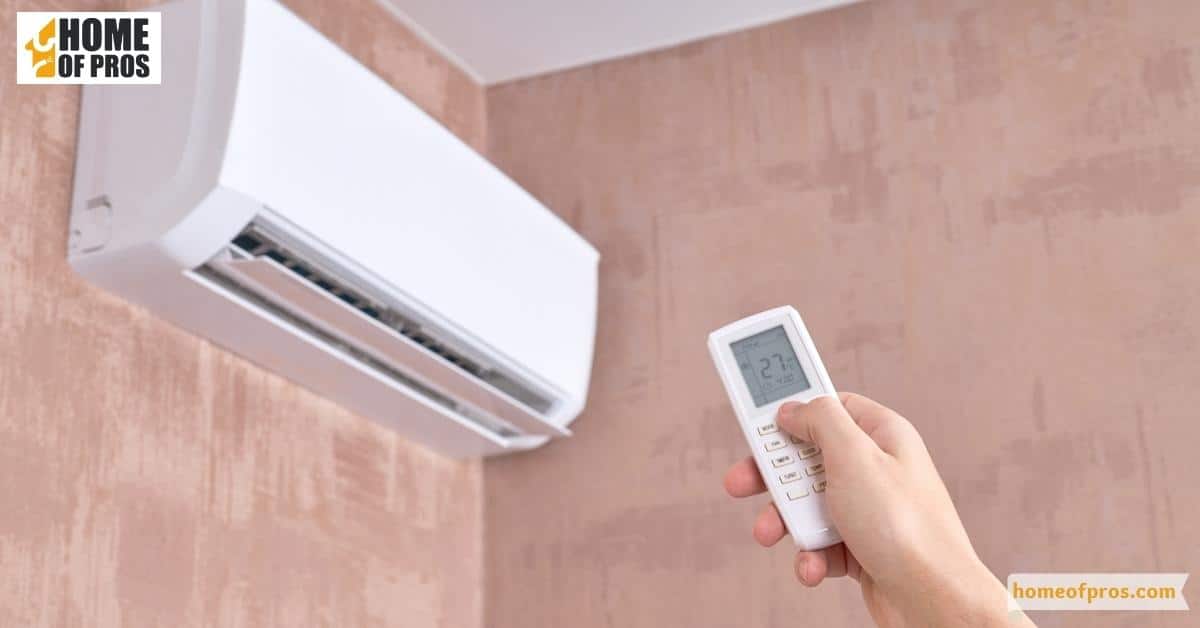
4. Install a programmable thermostat to reduce energy costs
Are you tired of high energy bills during peak summer months? Installing a programmable thermostat can be a great solution to help reduce your energy costs. A programmable thermostat allows you to easily set a schedule for when your air conditioning turns on and off, ensuring that you’re only using energy when you need it.
Don’t let rising energy costs take a toll on your wallet this summer. Take control of your energy usage by installing a programmable thermostat today.
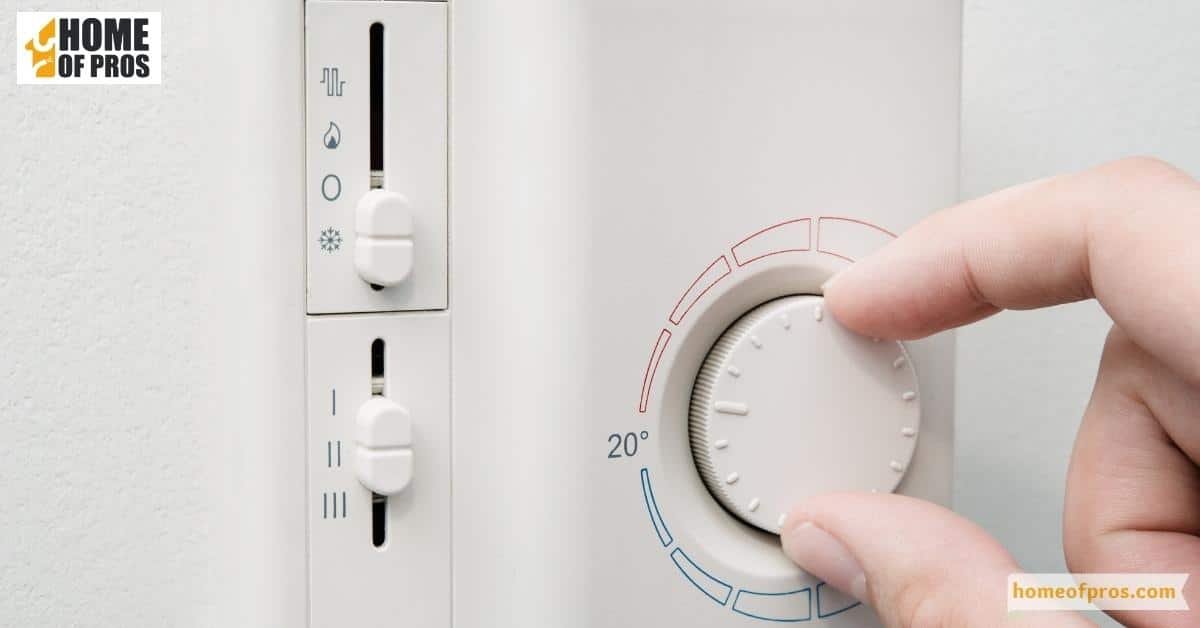
5. Inspect the fan blades for damage and clean them as needed
It is essential to inspect the fan blades of your air conditioner periodically to ensure they are in good condition. Dirt and debris can accumulate on the blades and reduce the efficiency of your unit. By inspecting them regularly, you can identify any damage to the blades and clean them as needed.
Cleaning the blades is a simple process that can be done with a rag and some cleaning solution. Pay attention to any signs of wear and tear on the blades, such as chips or cracks, as these issues can affect the overall performance of your air conditioner.
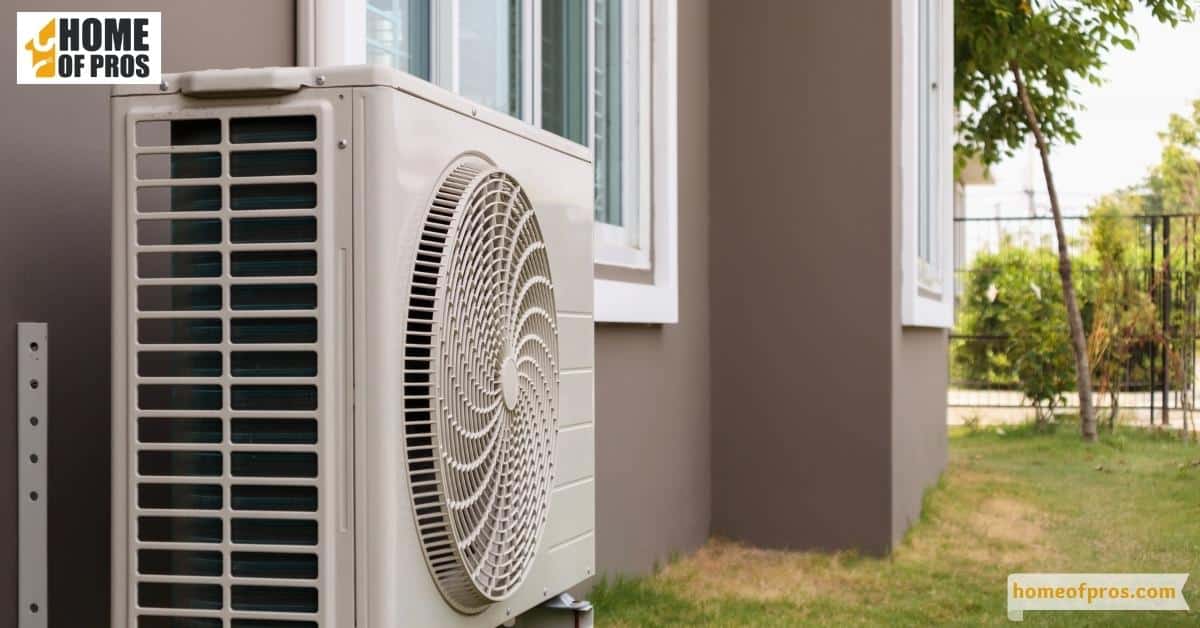
6. Check and tighten electrical connections
Proper maintenance and regular inspection of your air conditioning unit are crucial to ensure its long-term functionality. Among the vital areas to check are the electrical connections. Faulty or loose wiring can cause your unit to malfunction, resulting in costly repairs or even replacement.
Therefore, you should periodically inspect the electrical connections, ensure they are tight and secure, and eliminate any dust or debris build-up. This way, you can prevent electrical problems and ensure optimum performance of your air conditioner.
Remember, if you are not confident in your DIY skills, do not hesitate to call a professional technician to help with your maintenance and repair needs.
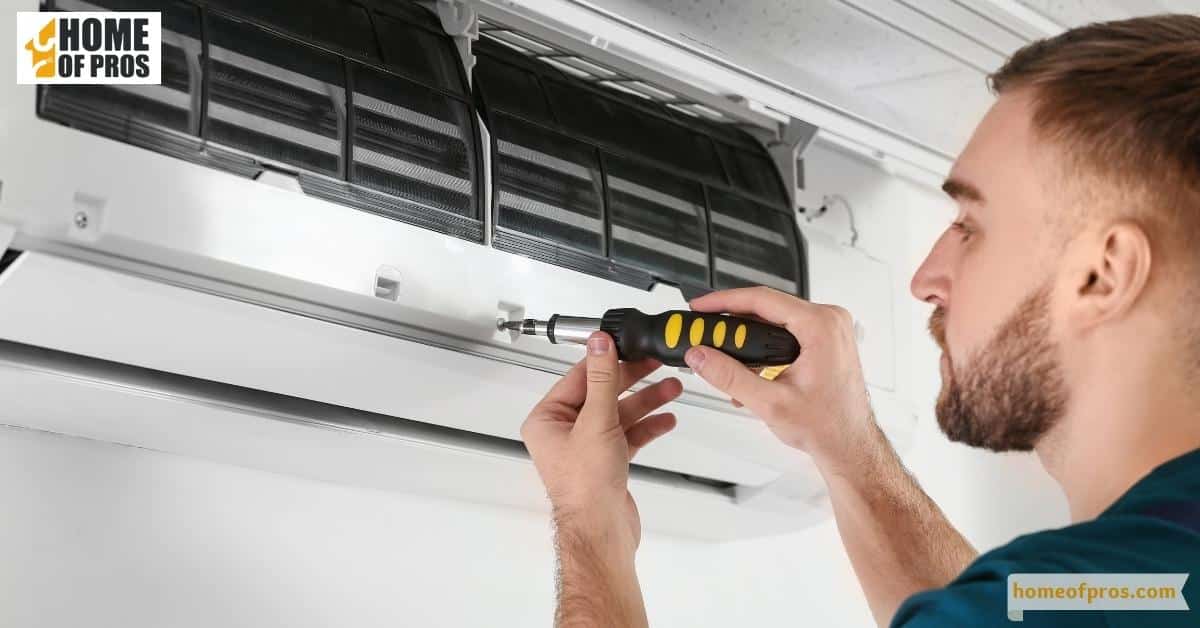
7. Lubricate moving parts as needed
Proper maintenance of an air conditioner requires a range of tasks, including the lubrication of moving parts. Neglecting to do so can lead to unnecessary wear and tear on critical components, ultimately resulting in costly repairs or even a complete system breakdown.
By staying on top of this task, homeowners can significantly extend the lifespan of their air conditioners, while also improving their overall performance and efficiency. Fortunately, lubricating an air conditioner is a relatively simple DIY task that can be completed quickly and easily, even by those with limited experience.
With the right tools and a bit of know-how, anyone can ensure that their air conditioner continues to operate smoothly for years to come.
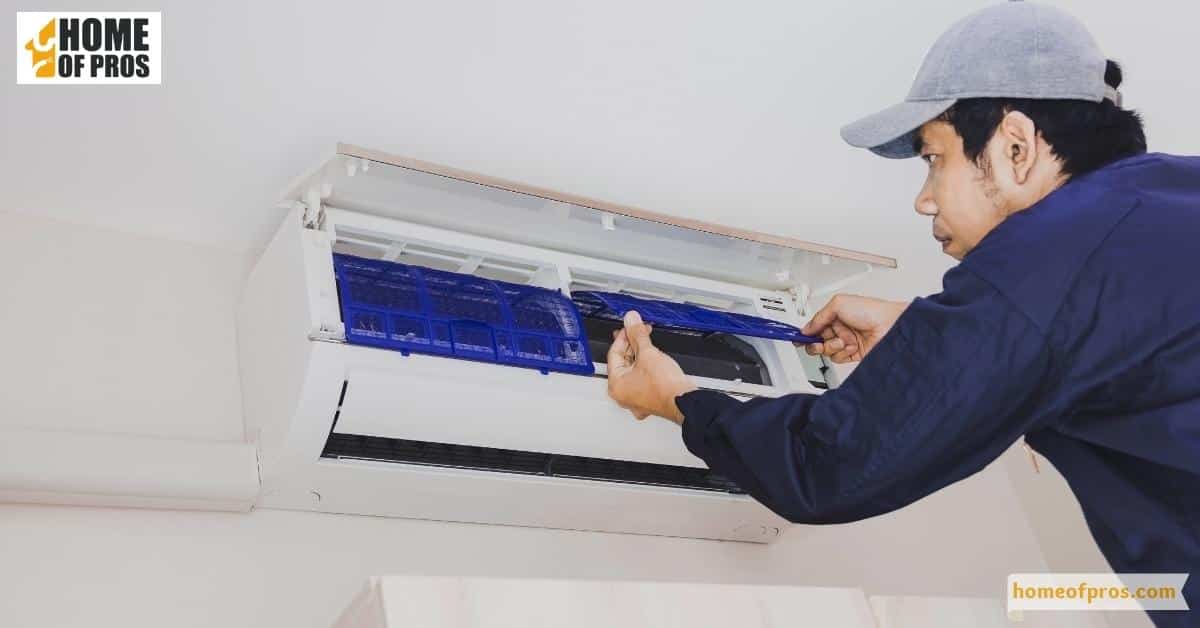
8. Check the refrigerant level and add more if necessary
An air conditioner with the right amount of refrigerant is important for the unit to function efficiently and cool your home effectively. Checking the refrigerant level is something that can be easily done as part of your routine air conditioner maintenance.
Simply locate the service ports and valves on your air conditioner and attach a gauge to determine the level of refrigerant in the unit. If the level is too low, adding more refrigerant can help restore the optimal level and ensure your air conditioner is working as it should.
This simple task is just one of many DIY tips and tricks you can use to maintain and repair your air conditioner without needing to call in a professional.
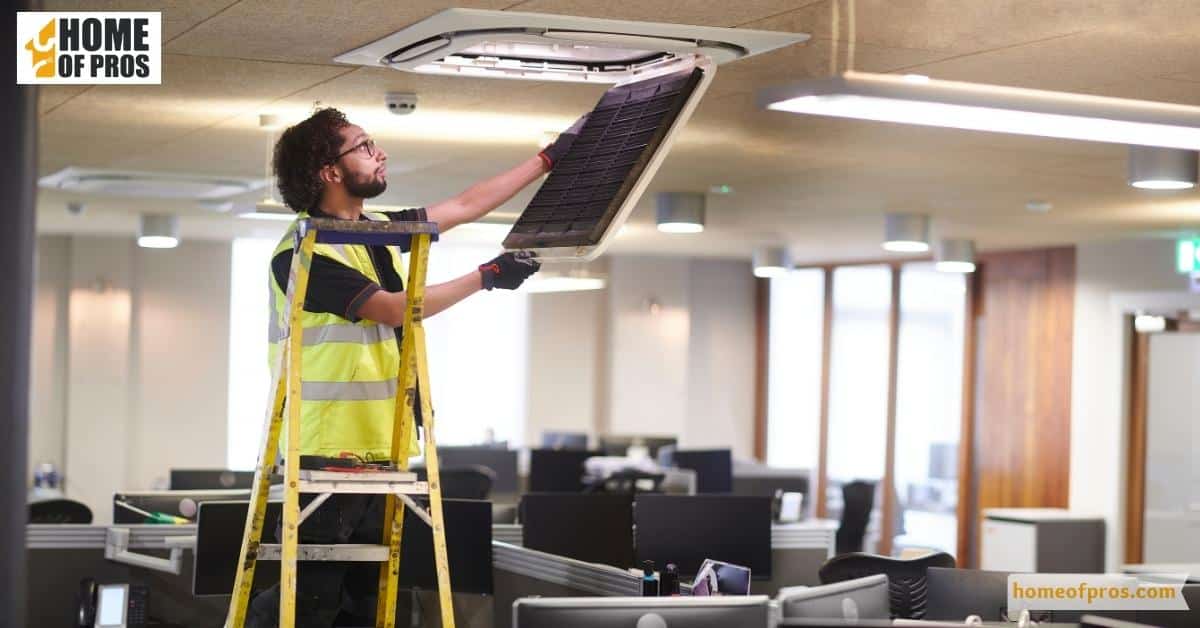
9. Inspect and clean the evaporator coil
Maintaining and repairing your air conditioner can be a frustrating task, but it’s crucial for keeping it running smoothly and efficiently. One of the most important components to check and clean regularly is the evaporator coil. Over time, dust and debris can accumulate on the coil, which can cause it to become less effective at transferring heat.
This can lead to higher energy bills and a shorter lifespan for your unit. By taking the time to inspect and clean the evaporator coil, you can ensure that your air conditioner is running at peak performance and avoid costly repairs down the line.
It’s a simple yet effective maintenance task that can make a big difference in the longevity of your system.
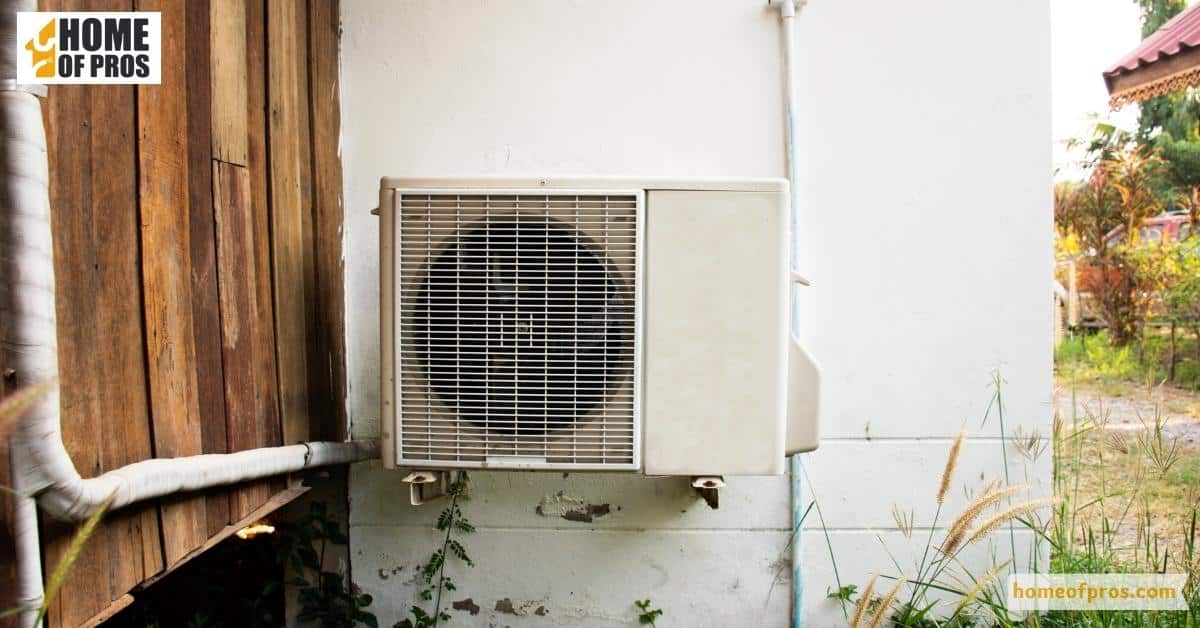
10. Clean the drain line and pan to prevent clogs
The key to keeping your air conditioner functioning properly is regular maintenance. One essential maintenance task is cleaning the drain line and pan to prevent clogs. Over time, debris and dirt can accumulate within the drain line and pan, posing a threat to the proper function of the system. Ignoring this maintenance task can lead to clogs and potentially expensive repairs.
To prevent this from happening, remove any debris and buildup from the drain line and pan with a mixture of warm water and vinegar. Repeat this process every few months to ensure a well-functioning air conditioner that will keep you cool and comfortable all summer long.
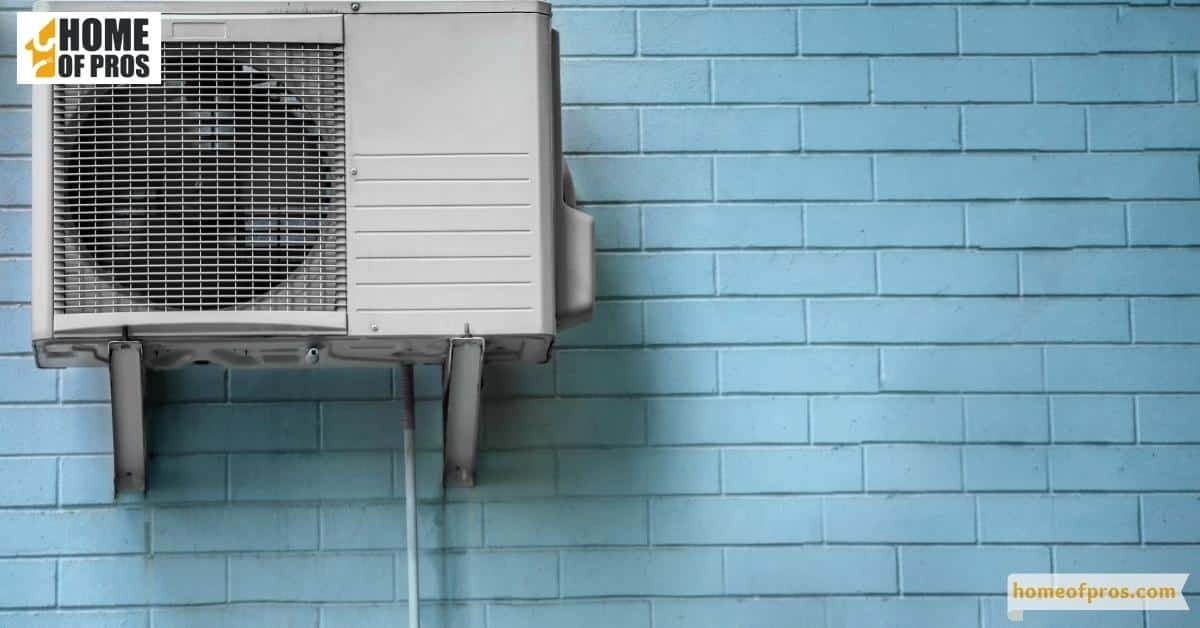
11. Inspect ductwork for leaks and seal them with duct tape
Ductwork is a vital component of an air conditioning system that often goes unnoticed. Inefficient ductwork can lead to significant energy wastage and sky-high utility bills. Inspecting ductwork for leaks regularly is a simple and effective way to ensure your air conditioning system operates at maximum efficiency.
Identifying and sealing leaks can reduce the loss of cool air and improve indoor air quality. Luckily, duct tape is an easy and affordable solution to seal any leaks detected during inspection.
With a little attention to detail and some duct tape, you can ensure that your air conditioning system performs at its best, saving you money and providing a cooler, cleaner, and more comfortable living space.
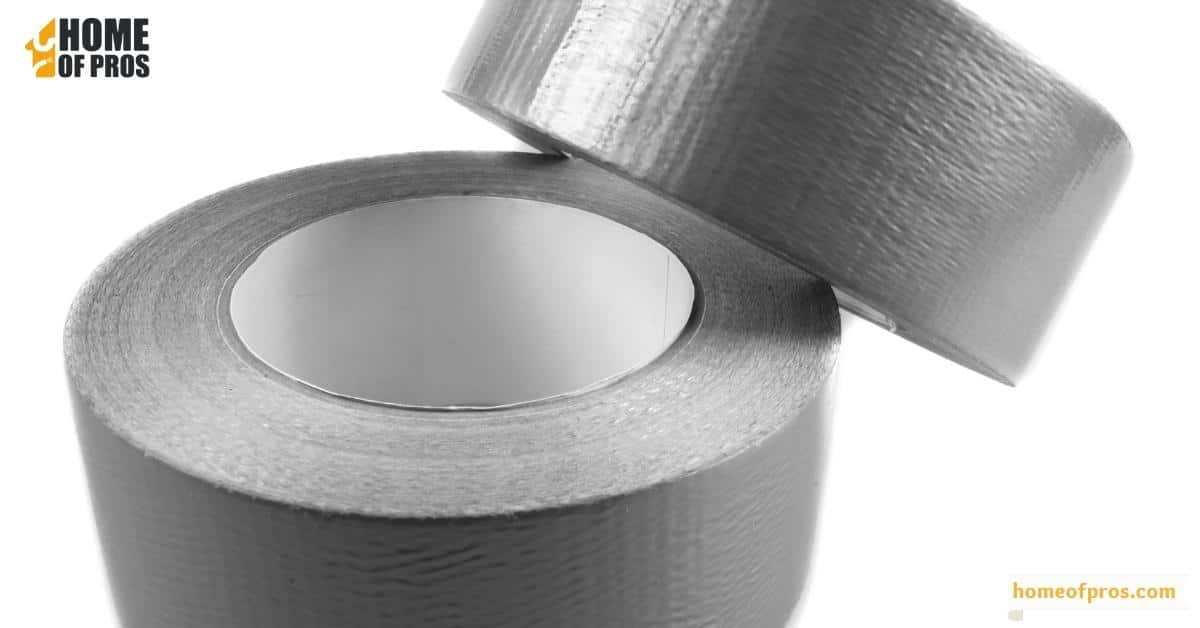
12. Install shading devices or window film to reduce heat gain
Installing shading devices or window film can significantly reduce heat gain in your home, which in turn can make your air conditioning system run more efficiently. By blocking out the sun’s rays, you can prevent excess heat from entering your home, ensuring that your AC won’t have to work as hard to maintain a comfortable temperature.
Shading devices can take many forms, from simple curtains or blinds to more elaborate awnings or shutters. Window film, on the other hand, is a thin, transparent coating that adheres to your window glass and helps to reflect the sun’s heat away from your home.
Both options can be installed as DIY projects, making them an easy and cost-effective way to help keep your home cool and comfortable all summer long.

13. Use ceiling fans to circulate cool air
As temperatures rise, air conditioners become an essential household appliance. To ensure its longevity, proper maintenance is key. One cost-effective tip is to use ceiling fans to circulate cool air. Fans help the cool air spread more evenly throughout the room, reducing the workload on the air conditioner.
By following these tips, you can keep your air conditioner running at its best and avoid expensive repairs. Keeping your cool in the summer heat no longer has to come with a hefty price tag.
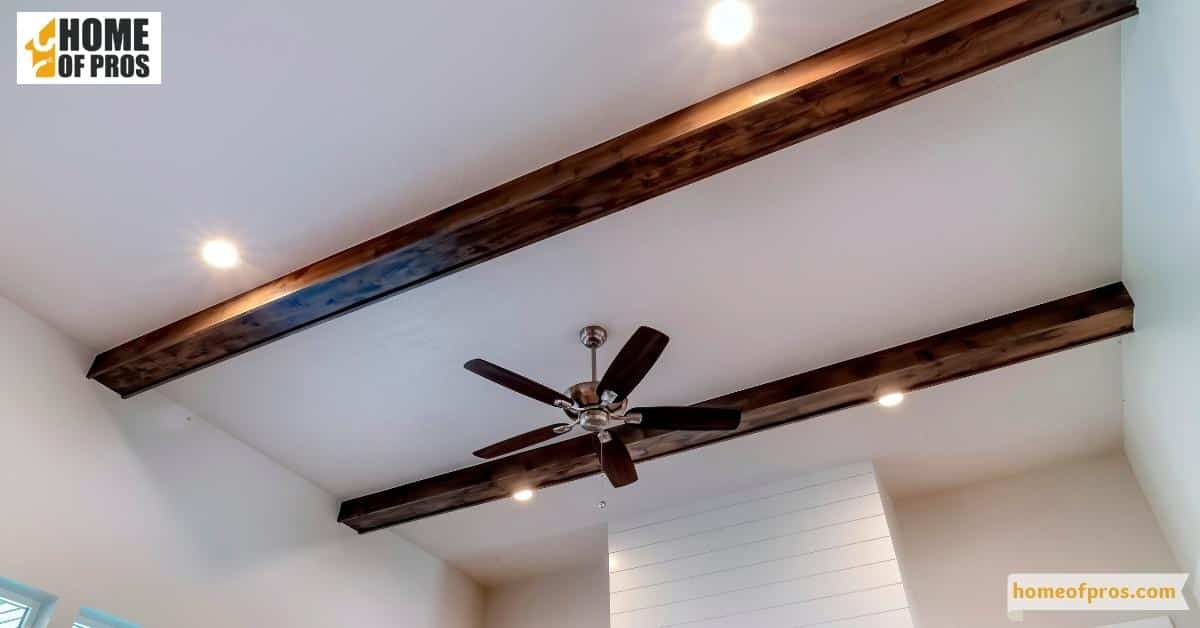
14. Close curtains or blinds during the hottest part of the day
One of the simplest yet effective ways to reduce the heat inside your home is by closing your curtains or blinds during the hottest part of the day. While this may seem obvious, it’s a tactic that many people overlook. By blocking out the sunlight, you’ll prevent the sun’s rays from heating up your home and making it uncomfortable.
Plus, you’ll also avoid the need to crank up your air conditioner to keep your home cool. This is just one of the many tips and tricks you’ll learn in our comprehensive guide to maintaining and repairing your air conditioner.

15. Use a dehumidifier to reduce moisture levels and improve comfort
One effective way to maintain and improve the efficiency of your air conditioner is by using a dehumidifier. By reducing the moisture levels in the air, you not only improve the comfort of your home but also decrease the workload on your AC unit. This helps to prolong the lifespan of your unit and reduce energy costs in the long run.
Additionally, a dehumidifier can prevent the growth of mold and mildew, which can have negative impacts on both your air quality and your health. Overall, incorporating a dehumidifier into your air conditioning maintenance routine is a smart strategy for ensuring optimal performance and comfort.
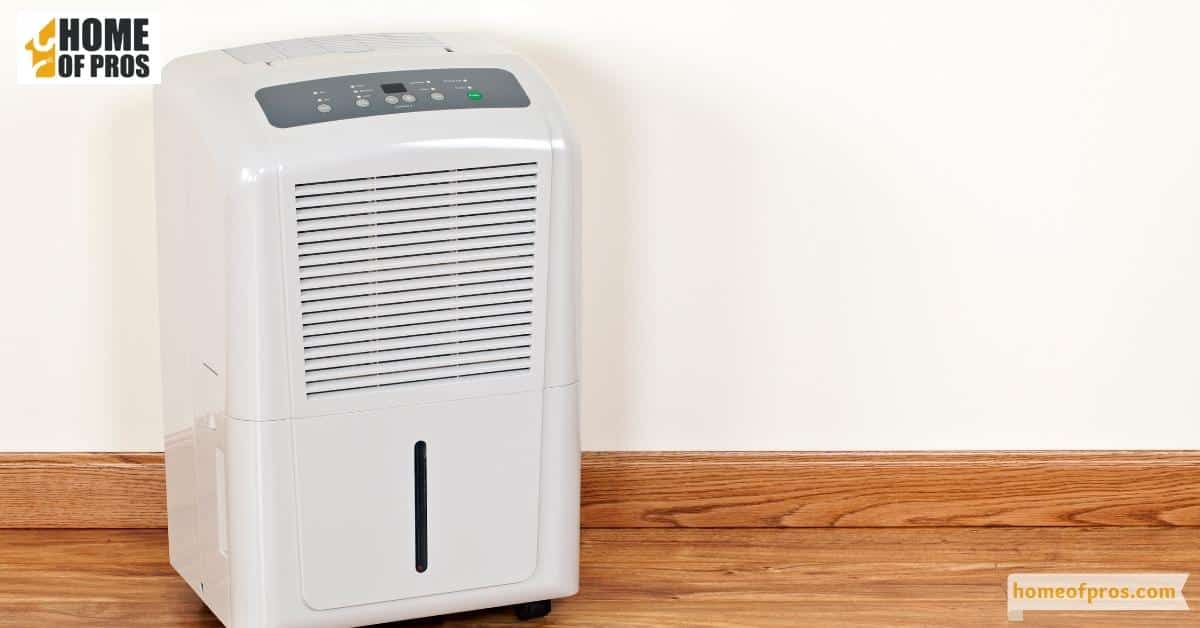
16. Replace worn or damaged insulation on refrigerant lines
Insulation on refrigerant lines is an essential component of any air conditioning system. The insulation helps to regulate the temperature of the refrigerant flowing through the lines, ensuring the system runs efficiently. Over time, however, the insulation may become worn or damaged, which can lead to a loss of cooling capacity and increased energy consumption.
As a DIYer looking to maintain and repair your air conditioning system, it’s important to keep an eye on the condition of your insulation and replace it if necessary. With a few basic tools and some attention to detail, you can ensure your system is running at peak performance and avoid costly repairs down the road.
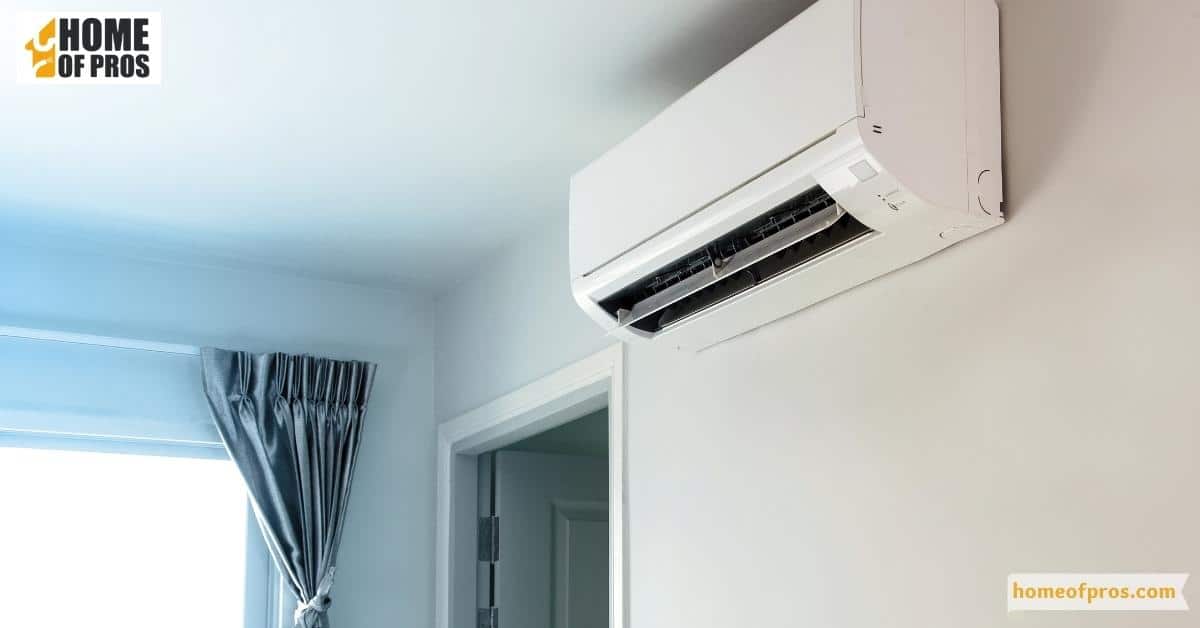
17. Add weatherstripping to doors and windows to prevent air leaks
One of the most effective ways to prevent air leaks in your home and keep your air conditioner working efficiently is to add weatherstripping to your doors and windows. Weatherstripping is a simple and cost-effective solution that helps keep your home cool in the summer and warm in the winter.
By creating a tight seal around your windows and doors, you can significantly reduce energy loss and lower your energy bills. There are many different types of weatherstripping materials available, including foam tape, V-strip, and door sweeps.
No matter which types you choose, adding weatherstripping to your home is a straightforward DIY task that can make a big difference in your home’s energy efficiency.
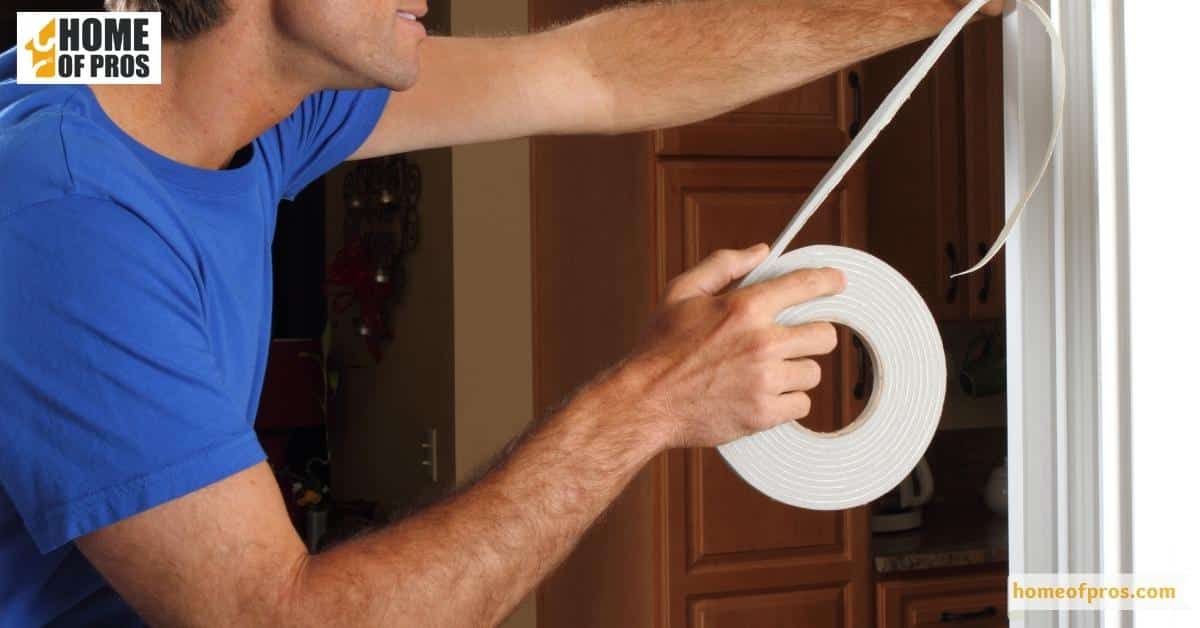
18. Repair or replace damaged ductwork
When it comes to maintaining your air conditioning system, one of the most significant components to keep an eye on is the ductwork. Any damaged or clogged ductwork can cause your cooling system to work harder than necessary, resulting in higher energy bills and less efficient cooling. So, it’s essential to inspect your ductwork regularly and repair or replace any damaged sections.
The good news is that ductwork repair is something that most homeowners can do themselves with a bit of knowledge and the right tools. However, if you’re not confident in your DIY skills, it’s always best to work with a professional to ensure the job is done correctly and efficiently.
With proper care and maintenance, you can ensure your air conditioning system runs smoothly and effectively, keeping your home comfortable all summer long.

19. Test the thermostat and replace batteries if needed
One of the key components of an air conditioning system is the thermostat. It serves as the brain that controls the temperature, and without it, the system wouldn’t function properly. As a homeowner, it’s essential to regularly test the thermostat for accuracy. This means setting the temperature to what you want it to be and seeing if the system responds accordingly.
If you notice any inconsistencies, it may be time to replace the batteries. Don’t overlook this simple fix as it could result in a significant decrease in your energy bills and a more comfortable living space.
By regularly maintaining and testing your thermostat, you’ll ensure that your air conditioning system is performing at its best.

20. Check the circuit breaker and reset it if necessary
Maintaining and repairing air conditioners can be a daunting task for homeowners. However, with the right tips and tricks, it can be done with ease. One of the most common troubleshooting steps for an AC unit is checking the circuit breaker and resetting it if necessary. It may seem like a simple task, but it is crucial to ensure the proper functioning of the unit.
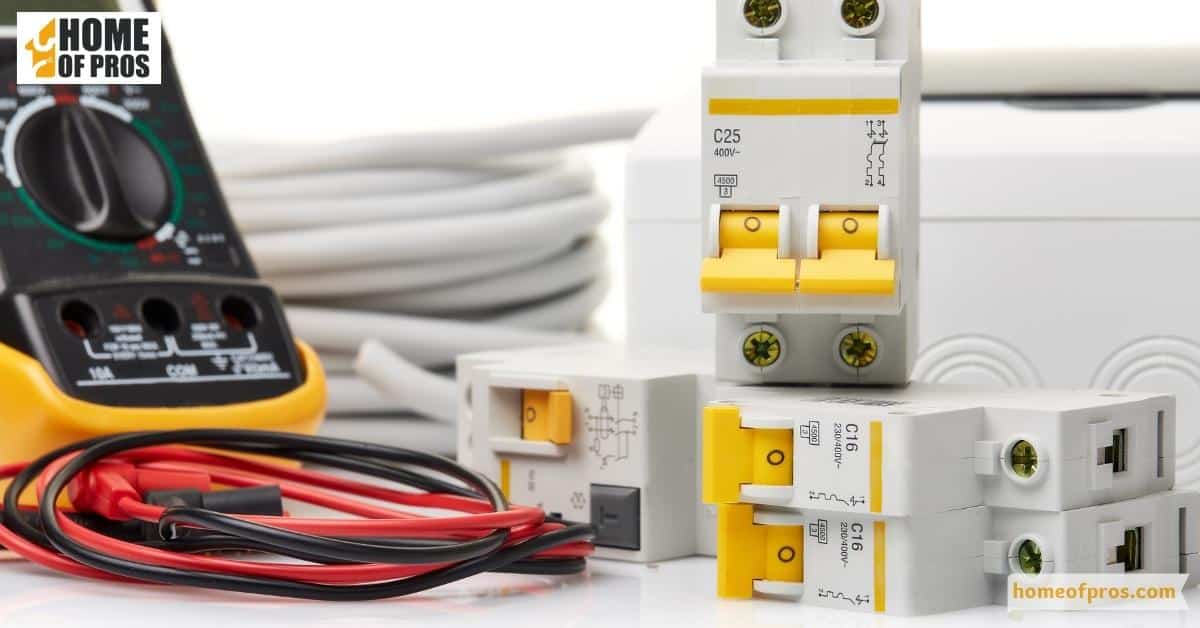
21. Clean the blower assembly
One crucial aspect of maintaining and repairing your air conditioner is cleaning the blower assembly. Over time, dirt, dust, and debris can accumulate in the blower assembly, which can lead to reduced airflow and decreased efficiency. To clean the blower assembly, begin by turning off the power supply to your air conditioning system.
Next, remove the front panel of the air handler to access the blower assembly. Use a vacuum or soft-bristled brush to remove any debris from the blower assembly and the blower wheel. Pay close attention to the fins on the blower wheel, as these are prone to collecting dust and dirt.
Taking the time to clean the blower assembly can help your air conditioning system run more efficiently and save you money on energy bills in the long run.
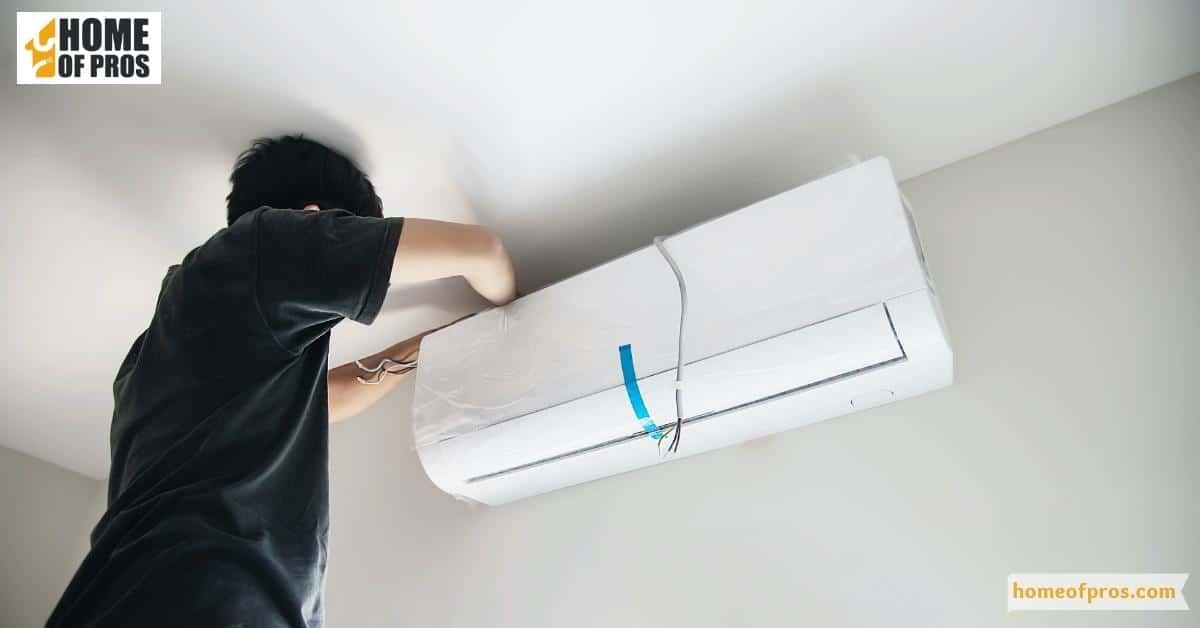
22. Call a professional if you encounter any problems or need more extensive repairs
When it comes to maintaining and repairing air conditioners, it’s always best to call a professional if you encounter any problems or need more extensive repairs. While DIY tips and tricks can certainly help you keep your AC unit running smoothly, there are certain issues that require the expertise of an experienced technician.
These professionals have the knowledge, tools, and resources needed to accurately diagnose and fix any issues with your AC system. Plus, by relying on a professional for repairs, you can rest assured knowing that the job was done correctly, reducing the risk of further problems down the line.
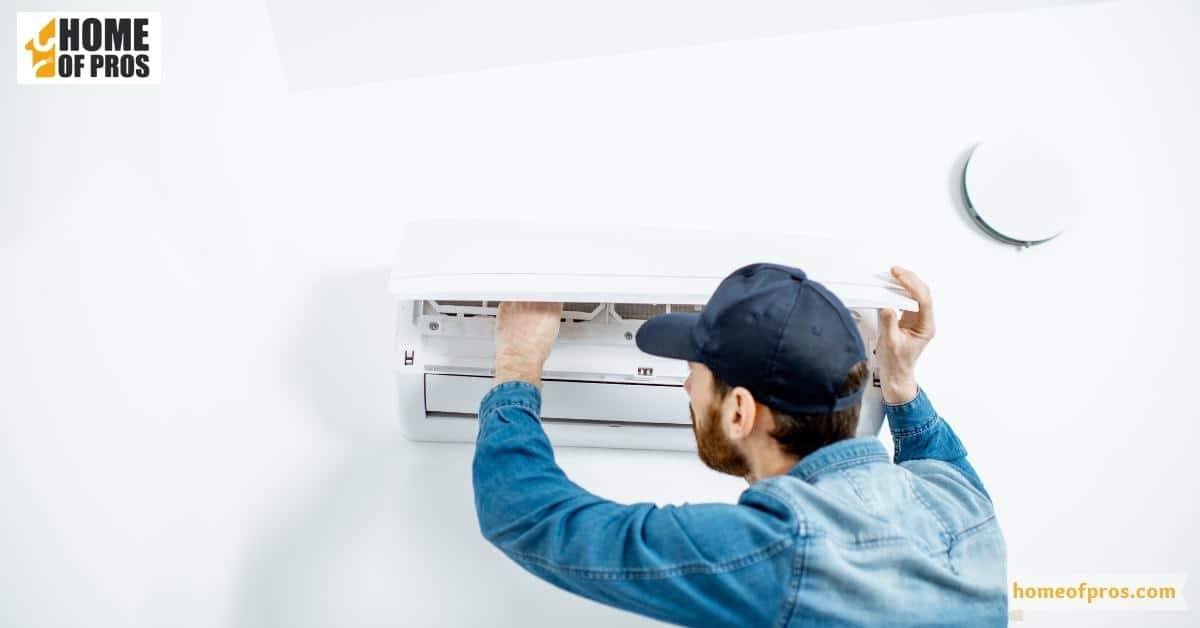
In conclusion
Maintaining and repairing an air conditioner can seem daunting, but with these DIY tips and tricks, you can save yourself both time and money. It is important to remember to turn off electricity before attempting any repairs and to regularly clean or replace your air filter to ensure optimal performance.
Additionally, checking the refrigerant levels and condenser coils can prevent costly repairs down the road. By following these simple steps, you can extend the life of your air conditioning unit and stay cool all summer long. Remember, if you do encounter a more serious issue, it is always best to call a professional to avoid any potential safety hazards.








